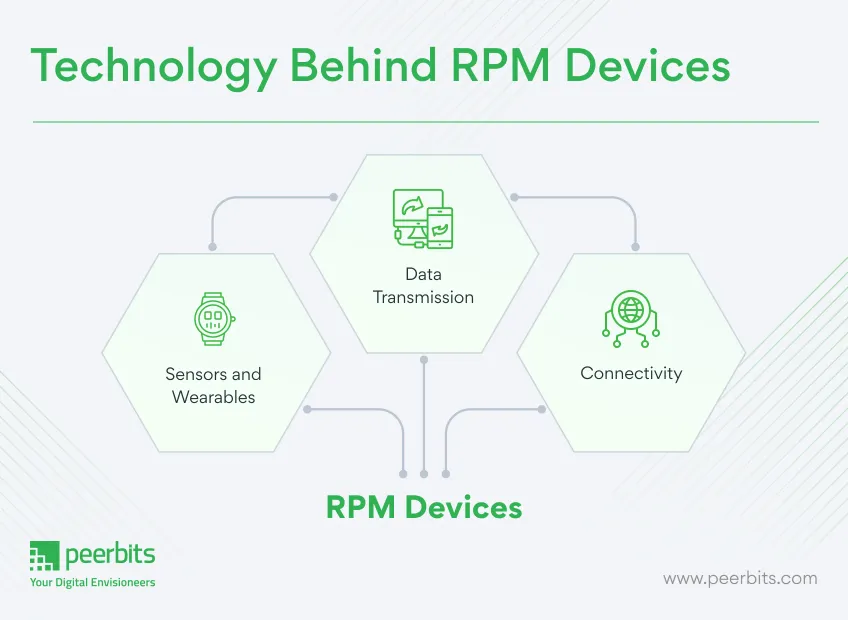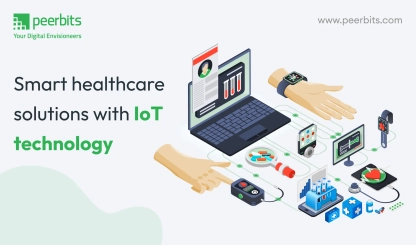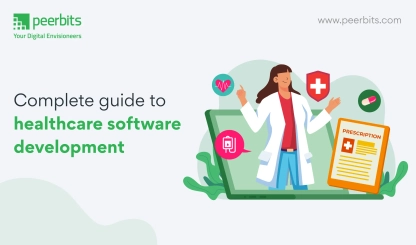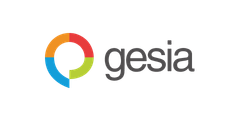Remote Patient Monitoring (RPM) is a term that is gaining increasing attention. RPM is a technology-driven approach that enables healthcare providers to monitor patients' vital signs (like weight blood pressure and pulse oximeter), symptoms, and health data remotely, without the need for in-person visits.
It typically involves the use of digital devices, wearables, and sensors that collect and transmit real-time health information to healthcare professionals.
Remote Patient Monitoring - A game changing technology
In recent years, RPM has emerged as a game-changing technology that has the potential to revolutionize healthcare delivery. It bridges the gap between traditional in-person care and continuous, remote monitoring, enabling healthcare providers to make informed decisions and interventions in real time.
As the global population ages and healthcare costs rise, the need for efficient and effective patient care is becoming increasingly critical, and RPM is positioned to address these challenges.
At its core, Remote Patient Monitoring (RPM) is a healthcare technology that enables healthcare professionals to monitor and track patients' vital signs, symptoms, and health data from a distance.
This is achieved through the use of various digital devices and sensors, which patients use in the comfort of their own homes. The data collected by these devices is then transmitted electronically to healthcare providers or monitoring centers in real-time.
Workflow of RPM typically involves
-
Patient Data Collection: Patients use RPM devices to collect data via bluetooth peripheral devices such as blood pressure, heart rate, weight, pulse oximeter, glucose levels, and more.
-
Data Transmission: This data is transmitted securely via the internet or dedicated networks to healthcare professionals.
-
Data Analysis: Healthcare providers receive and analyze the data, which can trigger timely interventions and personalized care plans.
-
Real-time Monitoring: RPM allows for continuous real-time monitoring, enabling healthcare professionals to stay informed about patients' health status even when they're not physically present.
Technology Behind RPM Devices
RPM devices come in various forms, but they all share a common technological foundation:

-
Sensors and Wearables: RPM devices include wearable technology, sensors, and monitors that capture a wide range of health data. These may include blood pressure cuffs, glucose meters, pulse oximeters, and smartwatches.
-
Data Transmission: RPM devices are equipped with the capability to transmit data securely over the internet or dedicated networks. This ensures that patient information is both accurate and protected.
-
Connectivity: Connectivity options include Bluetooth, Wi-Fi, or cellular networks, enabling seamless data transfer and remote monitoring.
Types of Health Data Monitored
RPM systems are versatile in the types of health data they can monitor:

-
Vital Signs: RPM monitors key vital signs like heart rate, blood pressure, temperature, and oxygen saturation levels.
-
Chronic Conditions: It tracks specific data related to chronic conditions such as blood glucose levels for diabetes patients.
-
Symptoms and Behavioral Data: RPM can also monitor and record symptoms, adherence to medication, and lifestyle behaviors like exercise and sleep patterns.
Benefits of RPM for Patients and Healthcare Providers
The advantages of RPM are multifaceted and extend to both patients and healthcare providers:
| For Patients | For Healthcare providers |
|---|---|
| Remote Monitoring: Stay connected with your healthcare team from the comfort of your home, enabling constant oversight of your health status. | Enhanced Patient Care: RPM allows for continuous monitoring, enabling early intervention and improved patient outcomes. |
| Timely Alerts: Receive immediate alerts for any concerning changes in your vital signs or health conditions, helping you and your doctors take proactive measures. | Efficient Resource Allocation: Better allocation of healthcare resources with reduced hospital readmissions and more focused care for patients who need it most. |
| Reduced Hospital Visits: RPM minimizes the need for frequent hospital visits, saving you time and reducing healthcare costs. | Streamlined Workflow: RPM systems integrate into your practice's workflow, reducing administrative burdens and allowing you to concentrate on patient care. |
| Peace of Mind: Enjoy peace of mind knowing that your health is being monitored, and you have quick access to medical support when needed. | Data-Driven Decision-Making: Access to real-time patient data aids in making informed clinical decisions and personalized treatment plans. |
| Improved Health Management: RPM empowers you to take charge of your health and adhere to treatment plans, resulting in better overall well-being. | Increased Patient Engagement: RPM fosters patient engagement and adherence to treatment plans, leading to better patient satisfaction and long-term health management. |
Impact of Remote Patient Monitoring (RPM) on Chronic Disease Management
Chronic diseases are among the most prevalent and costly healthcare challenges today. Patients with conditions such as diabetes, hypertension, or heart disease require ongoing management to maintain their health and prevent complications.
Remote Patient Monitoring (RPM) has emerged as a powerful tool in the fight against chronic illnesses. In this blog, we will explore the impact of RPM on chronic disease management, supported by case studies, and focusing on improved adherence to treatment plans and reduced hospital readmissions.
Managing chronic conditions is a continuous journey, and RPM has proven to be a valuable companion along the way. RPM enables healthcare providers to monitor patients' health status remotely, ensuring that treatment plans are adhered to, and potential issues are addressed promptly.
RPM for chronic disease management typically involves:
- Regular Vital Sign Monitoring: Patients use RPM devices to measure vital signs like blood pressure, glucose levels, or weight.
- Data Transmission: The collected data is transmitted securely to healthcare professionals, who can track and analyze it in real-time.
- Personalized Care Plans: RPM allows healthcare providers to create personalized care plans based on the patient's data and specific needs.
Case Studies and Success Stories
Real-world examples and case studies illustrate the tangible impact of RPM on chronic disease management. Let's consider a few notable cases:
- Diabetes Management: A study conducted at a diabetes clinic revealed that patients using RPM for blood glucose monitoring experienced improved glycemic control, leading to reduced HbA1c levels.
- Heart Failure: In another case, a heart failure patient using RPM devices to monitor vital signs and symptoms experienced fewer hospital readmissions, reducing the burden on both the patient and the healthcare system.
- Hypertension: A patient with hypertension achieved better blood pressure control through regular RPM check-ins with their healthcare provider, reducing the risk of complications.
How does Remote Patient Monitoring foster?
- Continuous Engagement: Patients feel more engaged in their healthcare journey when they have real-time feedback and know that their healthcare provider is monitoring their progress.
- Personalized Feedback: Healthcare providers can offer personalized guidance and support, making patients feel more confident in their ability to manage their condition.
- Timely Interventions: RPM enables healthcare providers to intervene promptly if a patient's data indicates issues with their treatment plan.
How to Reduce Hospital Readmissions?
Reducing hospital readmissions is a critical goal in chronic disease management. RPM has shown immense promise in this area by allowing healthcare providers to catch complications early and provide timely interventions.
RPM helps to reduce hospital readmissions by:
- Early Detection: RPM devices monitor for changes in vital signs and symptoms, allowing healthcare providers to detect issues before they escalate.
- Timely Interventions: RPM enables healthcare providers to intervene promptly and adjust treatment plans if necessary, reducing the need for hospitalization.
- Patient Education: RPM also offers an opportunity for patient education, helping individuals manage their conditions more effectively and avoid hospitalization.
How to enhance Healthcare Monitoring with HIPAA-Compliant Bluetooth ECG Devices?
In the modern healthcare landscape, HIPAA compliance is paramount. By utilizing Bluetooth devices for ECG data monitoring, healthcare providers can enhance patient care and maintain the highest standards of data security. ECG, or electrocardiogram, plays a crucial role in monitoring a patient's heart health.
By incorporating daily alert status checks, healthcare professionals can receive real-time notifications for immediate intervention when necessary.
HIPAA Compliance
The Health Insurance Portability and Accountability Act (HIPAA) regulations are essential to ensure the security and privacy of patient data. When integrating Bluetooth ECG devices into healthcare practices, maintaining HIPAA compliance is non-negotiable. This involves secure data transmission, access controls, and encryption to safeguard sensitive ECG data.
Bluetooth Device Connectivity
Bluetooth technology has revolutionized patient monitoring. Bluetooth-enabled ECG devices provide a seamless and wireless way to collect and transmit ECG data to healthcare systems. This not only enhances patient comfort but also ensures continuous monitoring and data availability, improving the accuracy of diagnostics.
ECG Data
Electrocardiogram (ECG) data is invaluable in assessing a patient's cardiac health. With Bluetooth ECG devices, healthcare providers can access real-time data, enabling timely detection of irregularities and more precise treatment planning. The ease of data collection and transmission simplifies the workflow for medical professionals, resulting in better patient care.
Daily Alert Status
Daily alert status checks are a proactive approach to patient care. By setting up automated daily alerts based on ECG data, healthcare providers can receive notifications of significant changes in a patient's heart health. This allows for immediate medical attention, reducing the risk of adverse events and improving patient outcomes.
By embracing HIPAA-compliant Bluetooth ECG devices with daily alert status checks, healthcare facilities can enhance patient care, streamline workflows, and ensure data security. These technologies provide a promising avenue for more effective and patient-centered healthcare services.
Wrap Up
The impact of Remote Patient Monitoring (RPM) on chronic disease management cannot be overstated. Through personalized care plans, improved adherence to treatment regimens, and early interventions, RPM is transforming the way patients and healthcare providers approach chronic illnesses.
By reducing hospital readmissions and improving overall health outcomes, RPM is reshaping healthcare for the better, providing patients with the tools and support they need to lead healthier lives.









